Global Electric Construction Machinery Market Poised for Strong Growth in the Next 5-10 Years
The global construction machinery industry is undergoing an unprecedented energy revolution. Driven by advancing carbon neutrality goals, breakthroughs in battery technology, and increasing lifecycle cost advantages, electric construction machinery is entering a phase of explosive growth, emerging as a pivotal force reshaping industry dynamics.

Dual Drivers: Policy Support and Market Demand
As major energy consumers and emission sources, construction machinery manufacturers face mounting pressure under global carbon neutrality commitments. Electrification transformation, therefore, became an inevitable trend. Governments worldwide are implementing supportive policies, with China's State Administration for Market Regulation releasing seven national standards for electric construction machinery in 2024, filling the gap in industry standards, establishing critical technical specifications and accelerating market standardization.
Technological Advancements and Cost Reductions Accelerate Market Penetration
Breakthroughs in battery technology fuels electrification transformation. Industry leaders including CATL, EVE Energy, and BYD's FinDreams Battery have launched specialized battery solutions for heavy-duty applications. Improved energy density coupled with cost reductions significantly improves the economic viability of electric construction machinery.
Manufacturers Ramp Up Electrification Product Lines
Leading domestic and international manufacturers have established clear electrification roadmaps. Chinese companies, like XCMG, SANY, ZOOMLION, and AOLITE have launched a number of electric products and set clear targets for the proportion of new energy machines. Global players like Caterpillar and Komatsu are accelerating transitions through strategic partnerships and acquisitions of battery companies. Product diversification now spans electric excavators, loaders, mining trucks and aerial platforms beyond initial forklift applications.
Differentiated Growth Across Segments
Different categories of electric construction machinery are progressing at varying speeds. Electric forklifts and compact electric wheel loaders have already achieved large-scale adoption, accounting for over 50% of China’s total forklift sales as early as 2020. By 2024, the penetration rate of electric loaders exceeded 10.5%, with projections reaching 20% by 2025. Electric excavators, due to their more complex operational environments, are developing at a relatively slower pace but are expected to achieve a 20%-30% penetration rate within the next five years.
Specialized applications—such as high-altitude tunnels, livestock farming, and confined-space operations—have particularly urgent demand for electric construction machinery. These machines effectively address traditional machinery’s shortcomings, including power loss at high altitudes, noise, and emissions, while enabling remote smart operations within enclosed or heavily polluted environments.
Global Expansion and Supply Chain Integration
As a leader in construction machinery electrification, China is actively expanding into overseas markets. Over recent years, Chinese electric construction machinery standards have gained recognition in Europe, Latin America, Oceania, and Southeast Asia.The synergy across the industrial chain—from batteries, motors, and control systems to complete machine manufacturing—have fostered a robust ecosystem.
With continuous technological progress, policy support, and growing market acceptance,the sector is projected to maintain a rapid growth. By 2030, certain segments like electric forklifts may approach full electrification, while key products such as excavators and loaders will see significantly higher adoption rates. This green revolution will not only reshape the construction machinery industry but also make a substantial contribution to global carbon reduction goals.
Recommended News
Hot News
-
Trusted AOLITE in Europe
2024-05-08
-
INTERMAT 2024, International Construction Machinery and Building Materials Machinery Expo in Paris, France
2024-04-26
-
The 2000th unit of AOLITE New Energy Electric Loader rolled off the production line and delivered: Review, current situation and prospects
2024-04-25
-
AOLITE Electric Loader Milestone: The 2000 th off-line delivery
2024-04-25
-
AOLITE 2024 new arrival ETL600 eletric telescopic mini loader,new energy high efficiency four wheel drive telescopic loader
2024-02-19
-
AOLITE backhoe loaders official enter European markets with EU stage V engine
2024-06-27



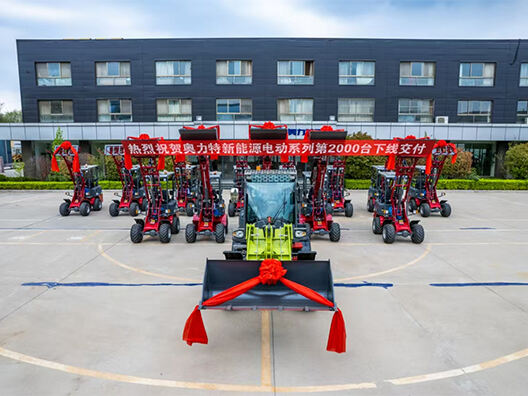

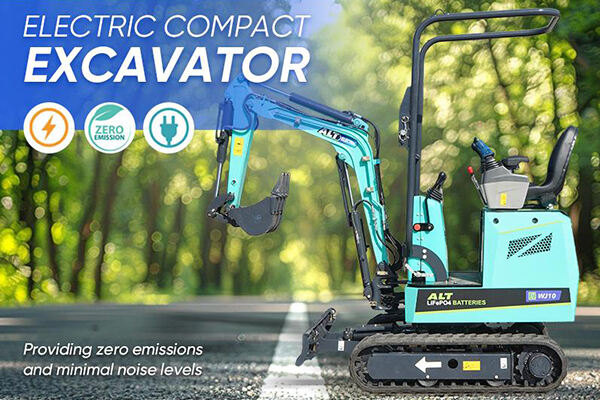
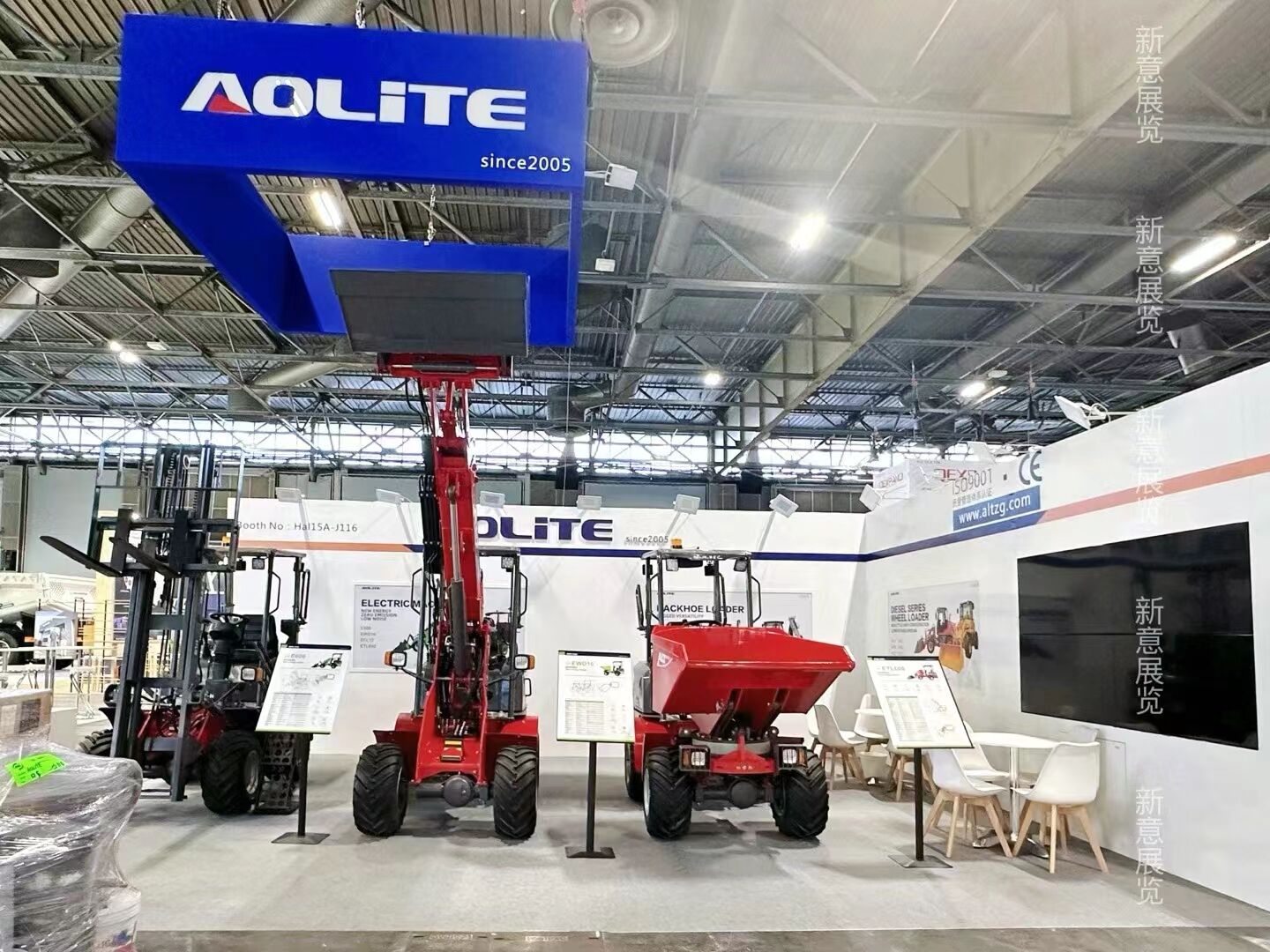

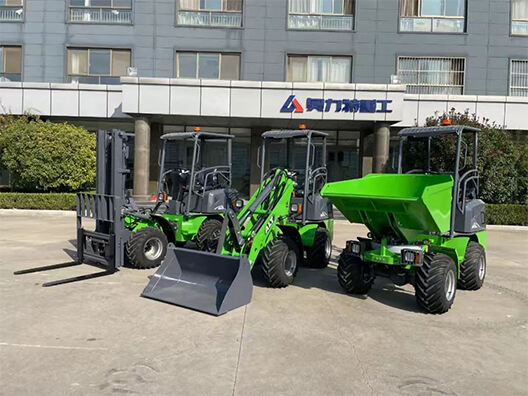
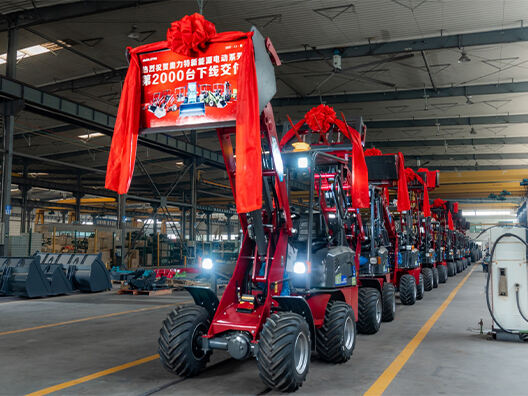
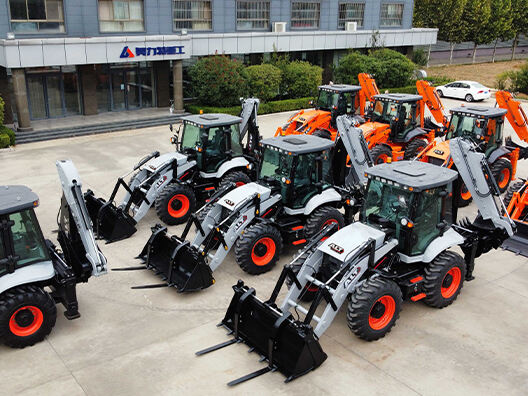
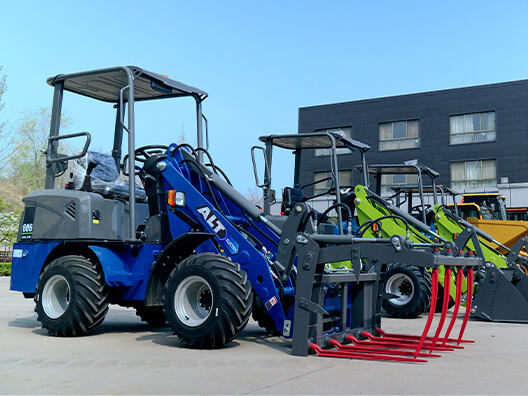
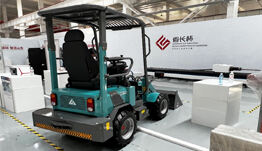
 Consult
Consult